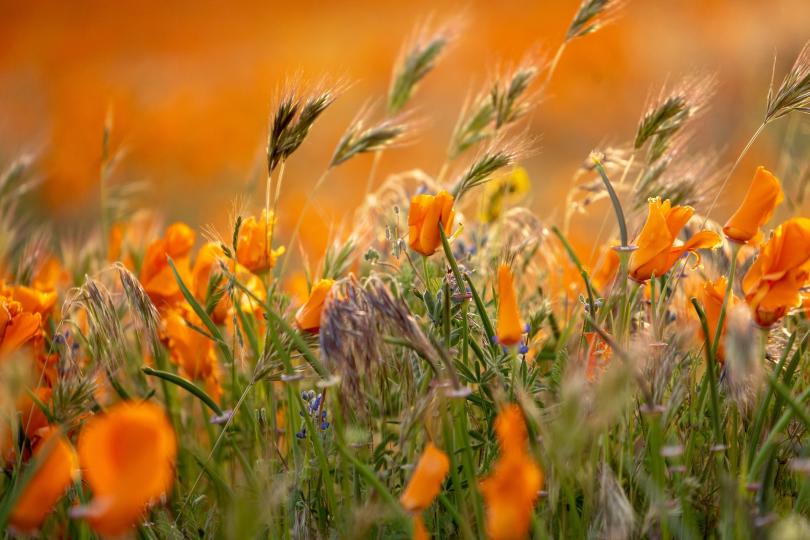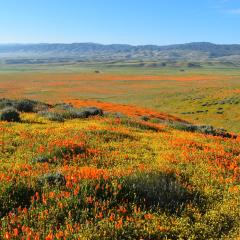Fraga raises concern about negative consequences of ‘Superbloom’ tourism
Editor's note: The following is an excerpt from an original article in the San Francisco Standard by Liz Lindqwister.
Following three consecutive atmospheric rivers, much of California’s drought-ridden landscape is now drenched. Although these storms resulted in flooded highways and downed trees, one silver lining is the possibility of a “superbloom” that may hit California’s arid interior this spring.
Superblooms are a relatively rare occurrence, even in a state renowned for colorful wildflowers and diverse plant ecosystems. Following heavy winter rains, annual or short-lived perennial flowers will bloom briefly—and all at once—in the spring. The event, which last happened in 2019, creates cascades of native flowers in regions across California, turning rolling hills and valleys rainbow-colored.
Sometimes these blooms are big enough to be seen from outer space—and it’s absolutely breathtaking.
“When flowers are so abundant, you can’t really look away. You’re overwhelmed by the color, by the display, by the abundance,” said Naomi Fraga, director of conservation at the California Botanic Garden. “It’s quite a phenomenon to observe.”
A true superbloom is hardly guaranteed this year. Fraga noted that they typically only occur during an El Niño year, often in desert regions, although years with above-average precipitation can lead to above-average displays.
It’s not all sunshine and roses, either. California’s splendiferous blooms might be in jeopardy, and it all comes down to two key factors: climate and people.
I am so incredibly grateful for this California rain, but I am also anticipating the inevitable... The dreaded conversations about the "superbloom". You might be saying, what the heck Naomi, you are a botanist, don't you love superblooms? 🧵https://t.co/TGpGRTWSz2
— Naomi Fraga, PhD (@naomibot) January 5, 2023



